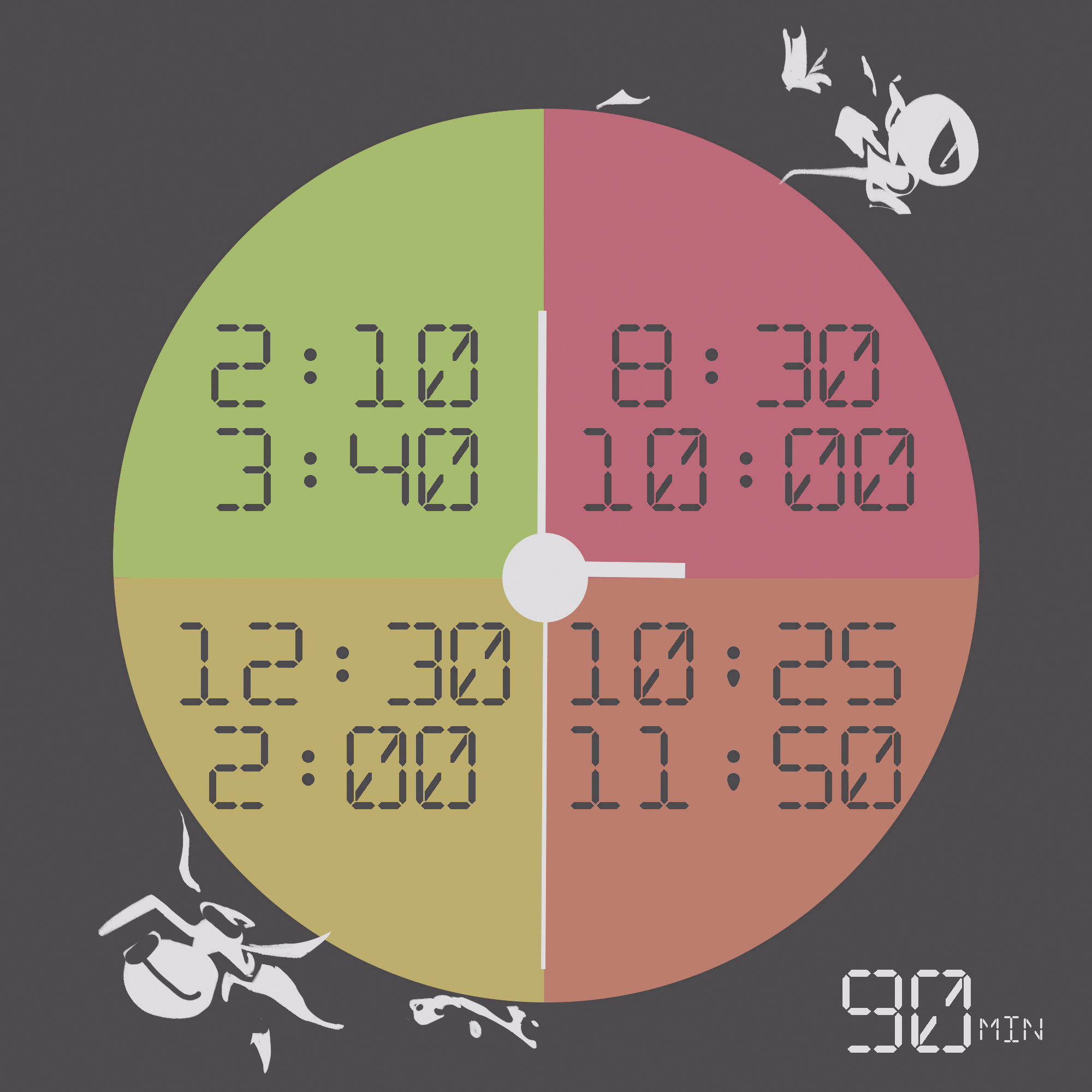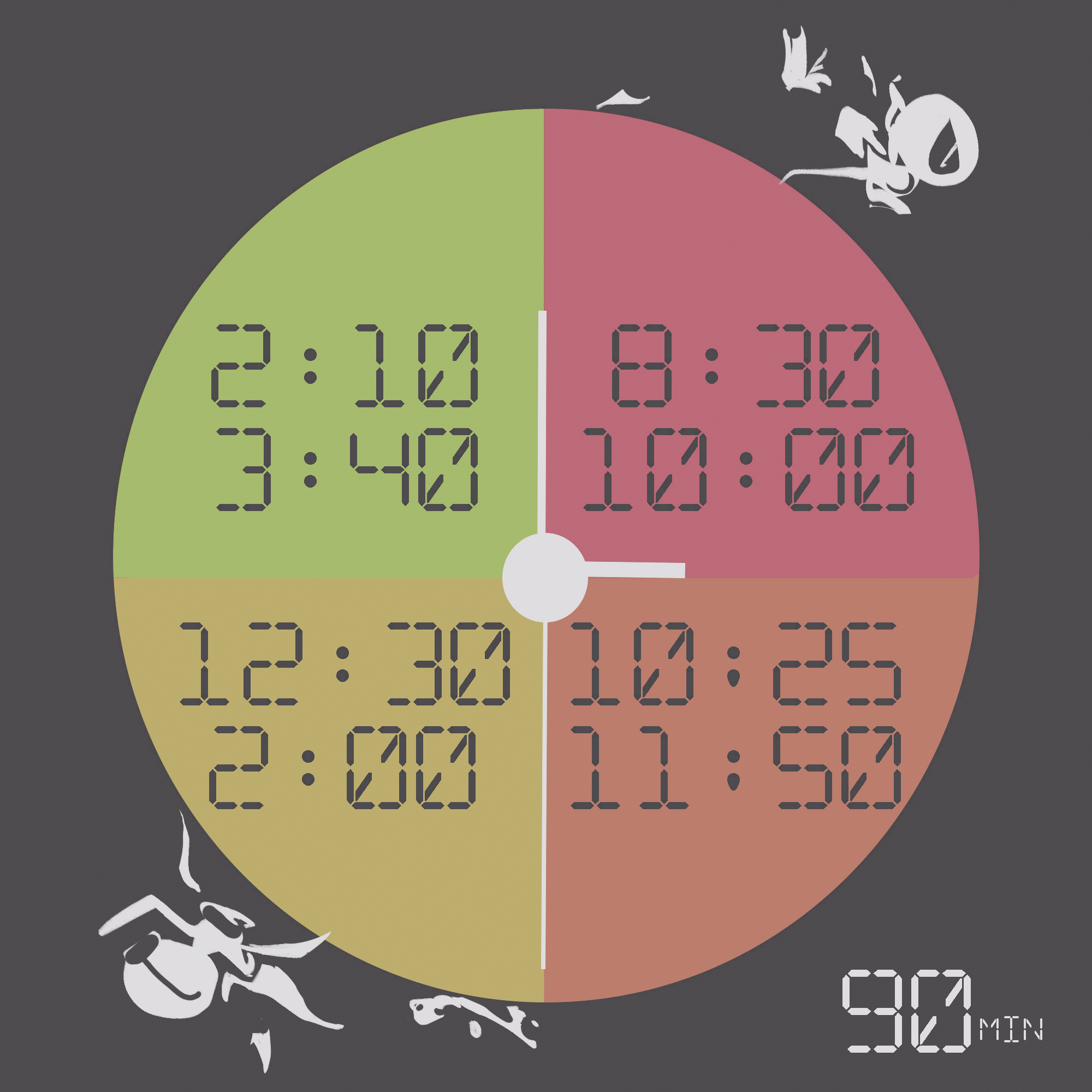

Alongside the transition back to in-person school, students and faculty at Aragon have been adjusting to the new bell schedule implemented this year. With a start time of 8:30 a.m. and block periods four days a week, the new schedule is a big change from the previous schedule at Aragon during in-person classes. This shift came with a lack of consultation with teachers and students, so the schedule changes came as a surprise to many.
“[The bell schedule] was mandated by the district without any teacher or student input,” said freshman English teacher Dena Johnson. “We came back to school without any training … we didn’t know what this was going to be like.”
Although the schedule last year had a similar block format, students and staff have had to get used to the multiple long periods in an in-person setting. Despite the initial surprise of the schedule, many people on campus seem to be adapting to and maximizing the extra time in each period.
“I think one positive thing [about in-person learning] is that I can get more done in a class period,” Johnson said. “At the end of the period you have students do their work, … so I think that part is good.”
With classes meeting only three times a week, students have the ability to spread out their homework and spend their time more effectively. Some Aragon students are using the new schedule to complete more homework at school.
“[The new schedule has] helped me because I can do homework from whatever classes I’ve had that day and I don’t have seven classes worth of homework to do everyday,” said freshman Naveen Schwarzkopf.
Sophomore Kayla Kassner uses the schedule to also finish homework at school.
“I don’t have any homework at home now because [classes] are so long,” said Kassner.
Many students are able to get work done in class. However, because classes are only meeting three times a week, the need for asynchronous work has increased in some classes. While longer periods mean less homework for some classes, other subjects are not experiencing the same benefits.
“The freshmen have been complaining about how long it is … to be sitting in class”
“I’ve had to adjust to only seeing my students three days a week instead of four,” said calculus teacher Adam Jacobs. “I’m having to create more asynchronous work for students to do before they come into class. Especially with math, I need them to be able to be familiar with some information before they come.”
Although the long periods can be used to do homework, 90 minutes of instruction and work time test students’ attention spans.
“The classes are so long,” said junior Michelle Jin. “It’s hard to stay focused the whole time.”
Younger students especially seem to have a difficult time staying focused and present.
“It’s really rough having periods that long,” Johnson said. “The freshmen have been complaining about how long it is. It’s just a really long amount of time to be sitting in class.”
Some teachers are implementing mid-class breaks, which can be beneficial for student learning.
“Teachers have done a really good job of allowing their students to take little breaks here and there so they can stretch and refocus,” said senior Mabryn Manu. “That’s been a huge help.”
In addition to adjusting to longer periods, students and staff are also leaving school later due to the 8:30 a.m. start time. While students may appreciate the extra sleep, getting home later can pose a problem for many. Photography and ceramics teacher Brooke Nelson, like many other teachers, has seen effects of the bell schedule in her home life.
“My son is in after-school care longer, and it’s a long day for him,” Nelson said. “Once I get home, it’s like doing the normal household stuff and then getting to my school work, grading and prepping. So, I stay up later now.”
The new bell schedule has altered many students and teachers’ daily lives and after school schedules. It remains to be seen whether the new bell schedule will have an overall positive or negative impact at Aragon this year.
